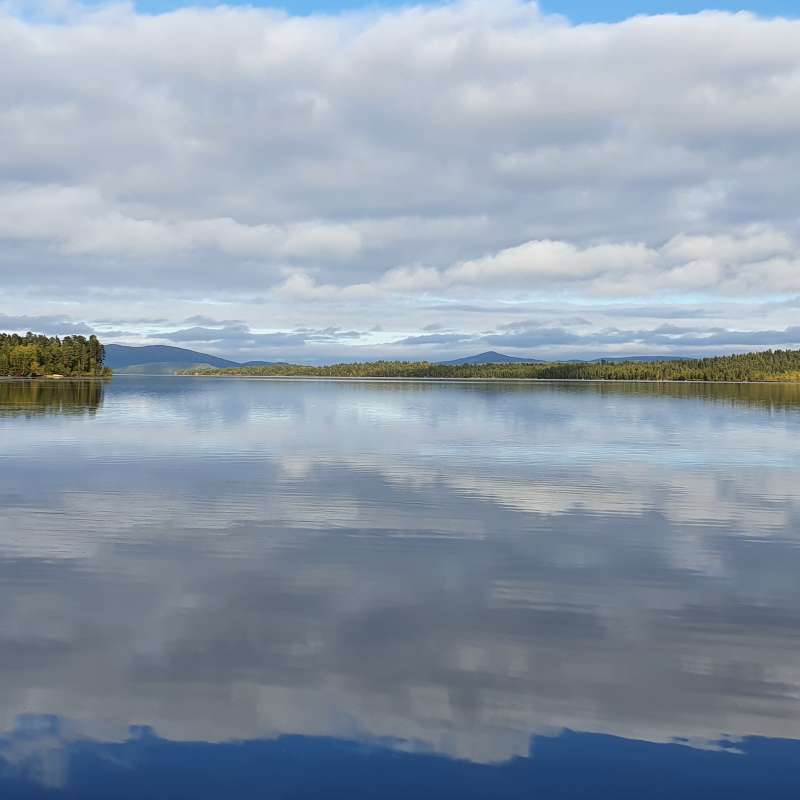Paul Eric Aspholm
Forsker
(+47) 932 20 452
paul.eric.aspholm@nibio.no
Sted
Svanhovd
Besøksadresse
Svanhovd 23, NO-9925 Svanvik
Forfattere
Paul Eric Aspholm Carmen Rizzo Gabriella Caruso Giovanna Maimone Luisa Patrolecco Marco Termine Marco Bertolino Stefania Giannarelli Alessandro Ciro Rappazzo Josef Elster Alessio Lena Maria Papale Tanita Pescatore Jasmin Rauseo Rosamaria Soldano Francesca Spataro Maurizio Azzaro A Lo GiudiceSammendrag
Det er ikke registrert sammendrag
Forfattere
Paul Eric Aspholm Mikkel Meyn Liljegren Carmen Rizzo Angelina Lo Giudice Hans Geir Eiken Cornelya KlutschSammendrag
Det er ikke registrert sammendrag
Til dokument
Forfattere
Adrian Unc Majdi R. Abou Najm Paul Eric Aspholm Tirupati Bolisetti Colleen Charles Ranjan Datta Trine Eggen Belinda Eline Flem Getu Hailu Eldbjørg Sofie Heimstad Margot Hurlbert Meriam Karlsson Marius Støylen Korsnes Arthur Nash David Parsons Radha Sivarajan Sajeevan Narasinha J. Shurpali Govert Valkenburg Danielle Wilde Bing Wu Sandra F. Yanni Debasmita MisraSammendrag
Det er ikke registrert sammendrag

